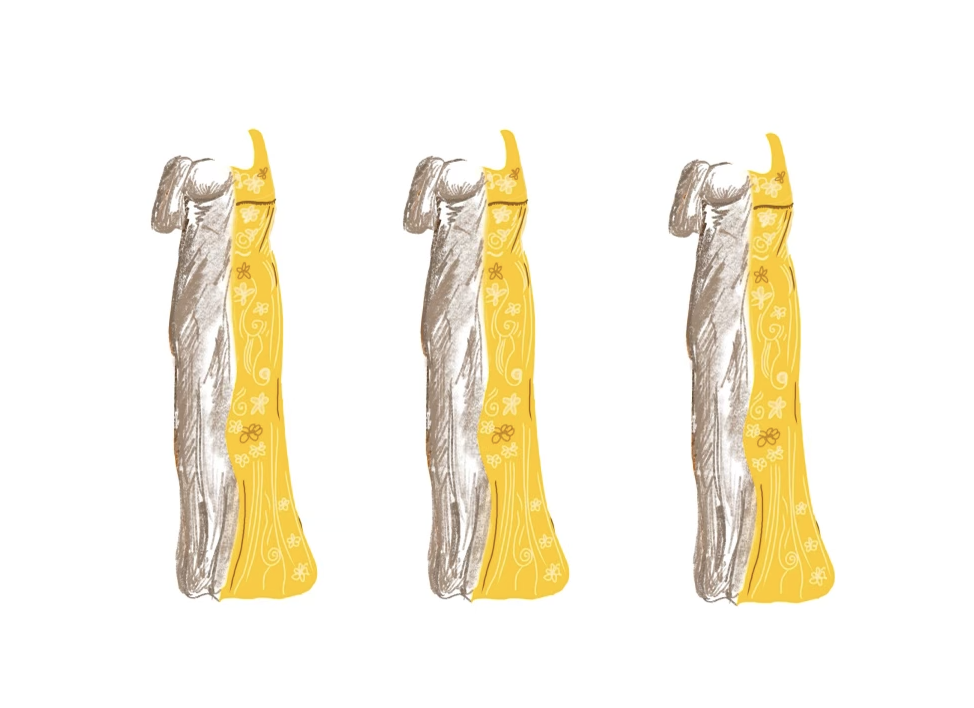
News
Summers Will Not Finish Semester of Teaching as Harvard Investigates Epstein Ties

News
Harvard College Students Report Favoring Divestment from Israel in HUA Survey

News
‘He Should Resign’: Harvard Undergrads Take Hard Line Against Summers Over Epstein Scandal

News
Harvard To Launch New Investigation Into Epstein’s Ties to Summers, Other University Affiliates

News
Harvard Students To Vote on Divestment From Israel in Inaugural HUA Election Survey
A Messy Masterpiece: Why ‘Bridgerton’ Works

Dearest Gentle Reader,
“Bridgerton.” The name of this ever-popular series instantly calls to mind elegant mansions festooned with white roses and lilies, where lights twinkle above a maelstrom of swirling dancers. Ariana Grande-infused instrumentals permeate the evening air, replacing Haydn and Mozart with “thank u, next.” Pairing fiery declarations of love and sensuous romance with whimsical wainscoting and snarky Julie Andrews voice-overs, “Bridgerton” has garnered massive attention. Its first season placed fourth on the most popular Netflix TV shows of all time. Seasons two and three are 10th and sixth, respectively.
What is driving the incredible success behind this TV series with over 2.2 billion viewing minutes? These are not normal numbers for a period drama. Although the show’s raunchy scenes are certainly rewatchable, this sort of content is not limited to “Bridgerton.” What is unique to the show, however, is its costume design.
“Bridgerton” costuming is replete with lavish masterpieces that practically overflow with anachronisms. Although the show takes place in 1813 London, the year “Pride and Prejudice” was published, the materials used and methods of construction are unmoored from history. Mountains of polyester satin and glittery crepe are twisted into fantastical shapes, as if an AI generator mashed “Met Gala” with “Regency fashion plate” and “1950s glam.” Rhinestones and bloodred eyeshadow coexist with empire waistlines and carefully constructed court dresses. The colors are bright enough to make “Scheele's Green” look pastel. Luckily, no arsenic was used in the production of Lady Featherington’s ensembles. Sleeves range from the moderate puff one could wear to the Jane Austen Society of North America conference to something out of a sci-fi film. Google “Cressida sleeves Bridgerton” and you’ll see what I mean.
It’s ridiculous. It’s idiosyncratic. It’s iconic.
“Bridgerton” has created a visual language for itself through costume design, a term that encapsulates the makeup, hairstyles, jewelry, and accessories that create each look.
In an interview with Glamour Magazine, costume designer John Glaser claimed that costumes in “Bridgerton” always have three elements: “a historic reference, a fashion reference from 1950 to today, and a piece of artwork.”
Nicola Coughlan’s Old Hollywood finger waves and Marilyn Monroe-esque makeup are paired with transparent gloves (scandalous!) and subtle green and blue textiles, reflecting her more mature character arc in the third season. Hair and makeup designer Erika Ökvis claimed that hair, makeup, and costume should work together “like a visual symphony.” Line up a row of images from different period dramas, and anyone would be able to identify “Bridgerton” every single time. Its visual language is powerful, distinct, and effective.
“Bridgerton” seems to ignore the fundamental fashion rules of Regency society. Namely, wear a bonnet outside, cover your arms and decolletage during the day, and keep your legs covered (see: Kate Sharma, lifting her skirt up to mid-thigh to step over a log). The directors make a haphazard attempt to imitate the strict modesty standards of the time; a major plot point of the first season is that Daphne Bridgerton does not know how “the deed” is done. There is much discussion of chaperones, and the word “proper” is thrown around a great deal.
But “Bridgerton” doesn’t really care how things were done historically. It’s not a period drama. In an interview with Variety, Glaser emphasizes that the show “is fantasy … not a history lesson. It’s a gift.” Rules and social norms are only relevant as a foil for sex, drama, and passion. This is a world where everyone deserves to be part of a love story, crossing traditional boundaries of sexuality, race, and ethnicity. The politics of this society are murky, the social rules are vague, and it is never fully explained why women aren’t allowed to vote even though racism has become a thing of the past. All of these considerations are secondary to what “Bridgerton” provides viewers: Spectacle.
Jane Austen referred to herself as a miniaturist, using “so fine a Brush” on a “little bit of Ivory” to depict the social intricacies and ironies of early 19th century England. “Bridgerton,” on the other hand, takes the Jackson Pollock approach. Throw paint around, see what happens.
—Laura Martens is a Harvard College sophomore double concentrating in Government and German Language & Literature. Her column “Fashion and Fantasy” explores how historical accuracy in costume design alters TV and film narratives. She can be reached at laura.martens@thecrimson.com.
Want to keep up with breaking news? Subscribe to our email newsletter.
